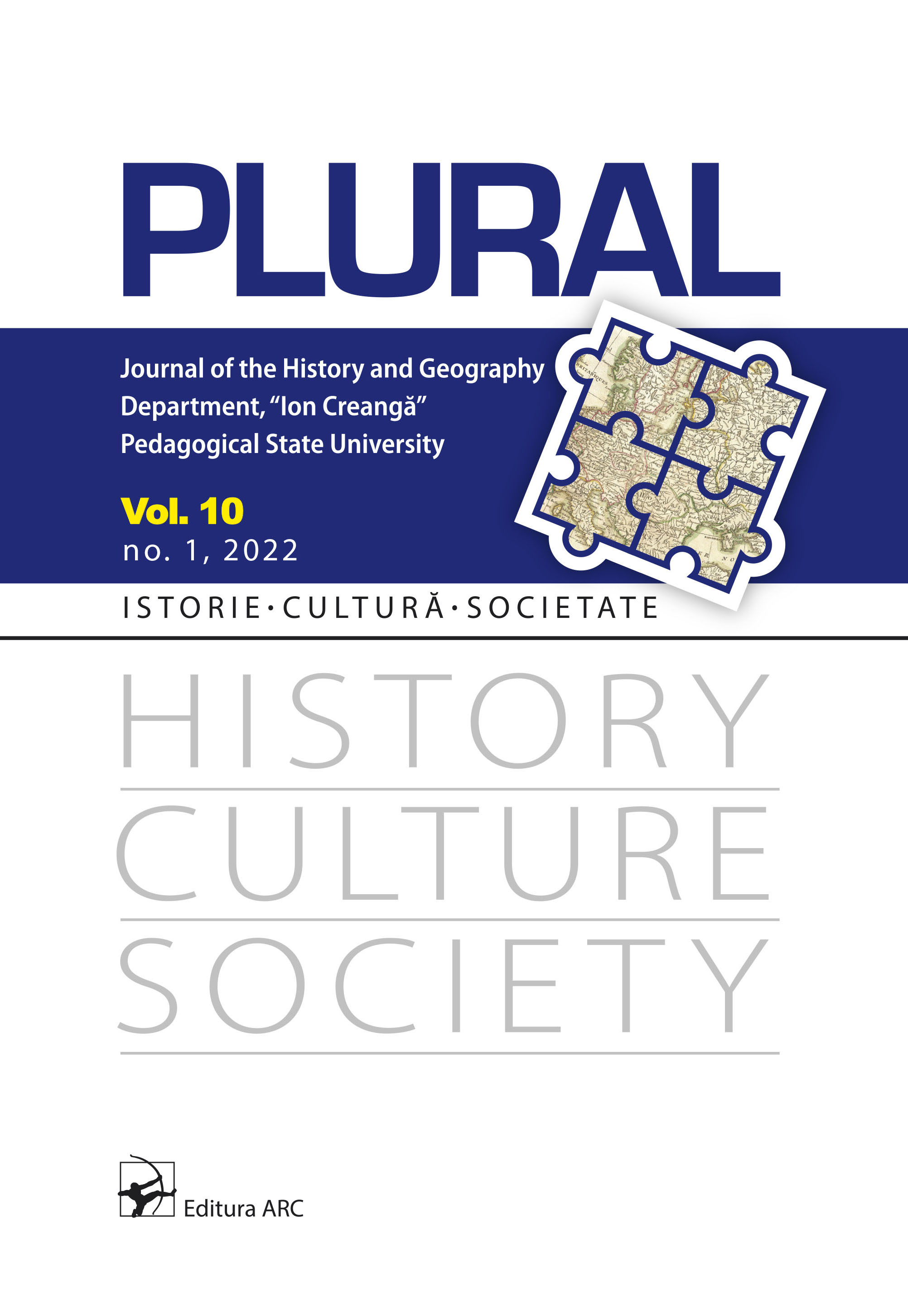Reconstructing elites in the late Hallstatt Ferigile group
Reconstructing elites in the late Hallstatt Ferigile group
Author(s): Dragoş MăndescuSubject(s): Archaeology, Military history, Ancient World
Published by: Facultatea de Istorie și Geografie, Universitatea Pedagogică de Stat „Ion Creangă”
Keywords: Ferigile group; late Hallstatt period; barrows; grave goods, elites;
Summary/Abstract: The paper tries to answer the question of whether elites existed and how these expressed themselves in the communities of the archeological group Ferigile, to identify the clues that would allow their detection and individualization. The Ferigile group evolved south of the Carpathians in the late stage of the Early Iron Age (the 7th-5th centuries BC). These communities, whose economy was based on livestock farming rather than cultivating the land, so with a high degree of mobility, have not left stable settlements, fortifications or other habitat centers that eventually reflect the internal organization of society and the existence of some hierarchical relationships. The elements that are at hand in this matter are exclusively those in the field of funerary domain. The necropolises of the group are made up of cremation graves under small mounds of stones and earth.
- Issue Year: 10/2022
- Issue No: 1
- Page Range: 70-94
- Page Count: 25
- Language: English

